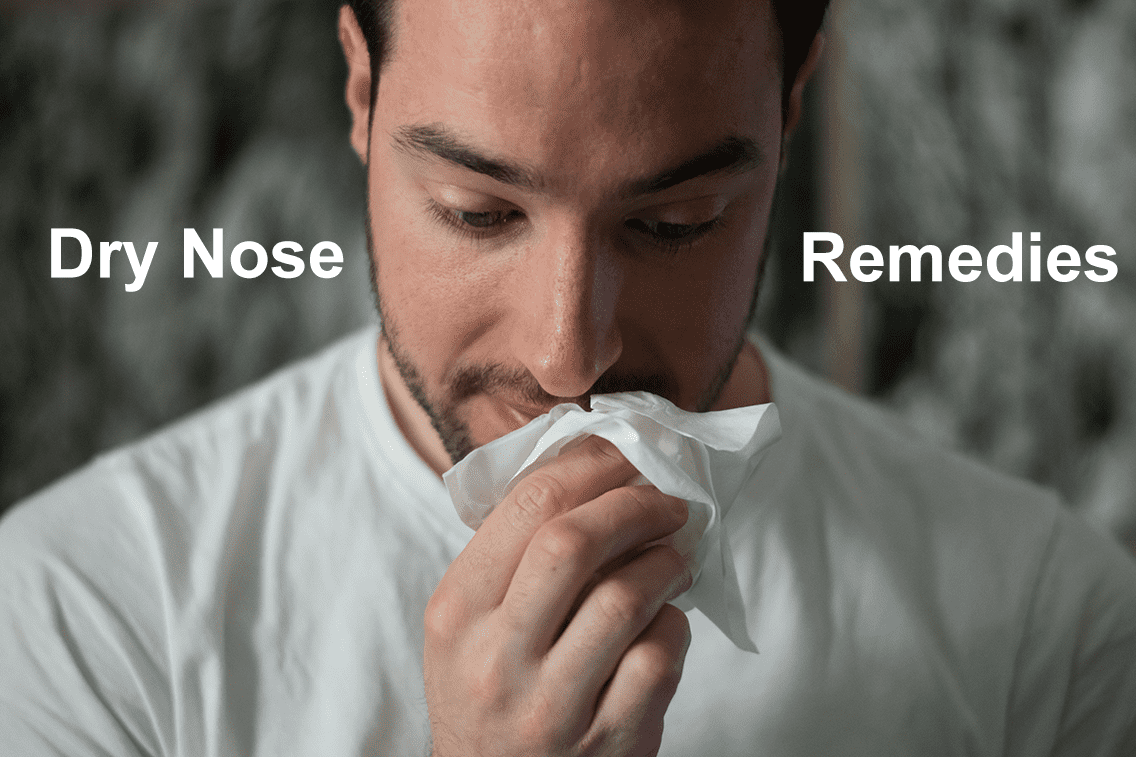Estimated reading time: 2 minutes
The cold and flu season is the most common contributor to a dry nose due to upper respiratory infections. These can cause inflammation which leads to excessive mucus production, which leads to more nose-blowing, which leads to a dry nose. This can also be due to medications, including over-the-counter cold remedies, which help dry up all your excessive mucus production. Rarely it can be due to something called Sjogren’s syndrome, but this also causes a dry mouth and dry eyes. Warm, dry air in your home due to wintertime heating frequently causes a dry nose.
Table of contents
Spray saline into the nose
The easiest and fastest remedy is to spray saline into the nose. This is available generically over-the-counter. 2 to 4 sprays on each side of the nose bring instant relief and can be done as often as needed. Related to this technique is to ensure that you are adequately hydrated by drinking plenty of fluids, preferably water, because as you get dehydrated, so will your nasal passages.
Petroleum Jelly
You can also use petroleum jelly around the nose rim, which helps moisturize and retain the saline you just squirted into your nose. Similarly, moist wipes can relieve dryness.
Steam
Steam from a hot shower can also be relieving. If you have a dry house due to heat during the wintertime, putting a pot of water on the stove or your wood-stove and boiling it off can help humidify the air as well.
Final Thoughts
Besides being uncomfortable, a dry nose can also increase your chances of a bloody nose. The mucosa, or surface lining of the internal nose, can more easily crack and bleed. If this happens, the first step is to apply pressure by pinching your nose. If this fails to help, spraying in over-the-counter decongestant nose sprays can help. They work by constricting or tightening up the blood vessels in your nasal passages, which is why it helps with a congested nose. By the way, it’s not dangerous or harmful to swallow the blood by tipping your head back. This recycles the iron in your red blood cells. However, too much of it can make you nauseous and vomit, which usually only happens with significant bleeds.
My related articles you might enjoy
Join my Substack Newsletter
recent posts
Estimated reading time: 8 minutes Set to affect 12 million people by 2040, is linked to viruses like COVID-19, its symptoms include tremors and slow movements, significantly impacting daily life....
This article provides an overview of turmeric, a traditional food spice used in Chinese and Ayurvedic medicine. It discusses the safety of turmeric and its active ingredient, curcumin, and how it may...



